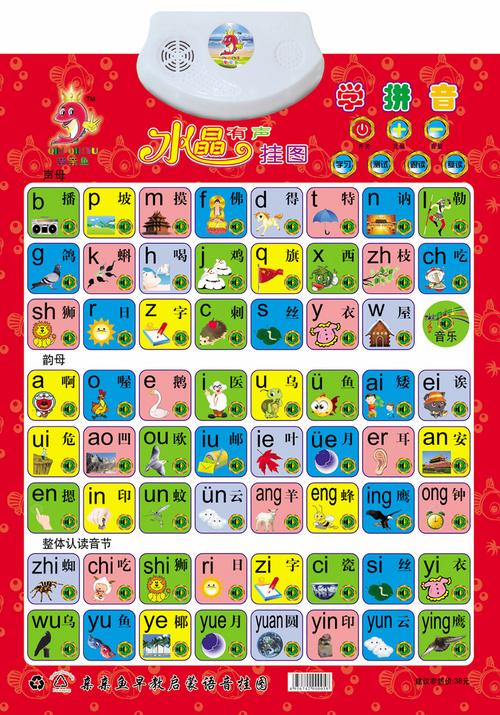Environmental education plays a crucial role in shaping young minds to become responsible stewards of the planet. Early childhood is a critical period for instilling awareness and fostering positive attitudes towards environmental conservation. Utilizing visual aids such as wall charts can effectively engage young children and facilitate their understanding of complex environmental concepts.
Early childhood is a formative period during which children develop foundational attitudes, values, and behaviors. Introducing environmental education during this time helps in:
Wall charts are versatile tools that offer visual representations of environmental concepts. When designing wall charts for early childhood environmental education, consider the following:
When selecting topics for wall charts, prioritize concepts that are relevant, relatable, and ageappropriate. Some key environmental topics include:

Environmental education is a fundamental aspect of early childhood development, promoting a sense of responsibility and stewardship towards the planet. Wall charts serve as valuable tools for engaging young children and conveying important environmental concepts in a visually appealing manner. By integrating environmental education into early childhood curriculum through interactive wall charts, we can inspire the next generation to become environmentally conscious citizens who actively contribute to a sustainable future.

一则关于副部朱芝松被查的消息引起了广泛关注,据报道,朱芝松因涉及某些...

百名英国女性声称因长期使用强生爽身粉而患上癌症,这一事件不仅引起了公...

更换遥控器钥匙的电池。航海家电动尾门就是汽车的电动后备箱,发现电动尾...

亲爱的朋友们,今天我们来聊聊一个备受关注的话题:初次登记结婚有150...

Hello大家好,欢迎来到小蚊子聊车!今天为大家带来2020年10月...